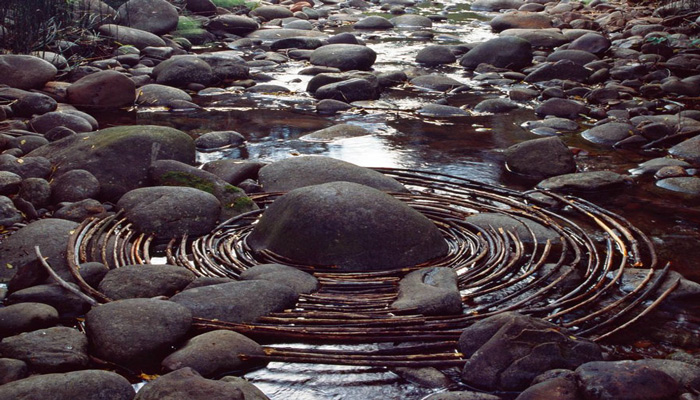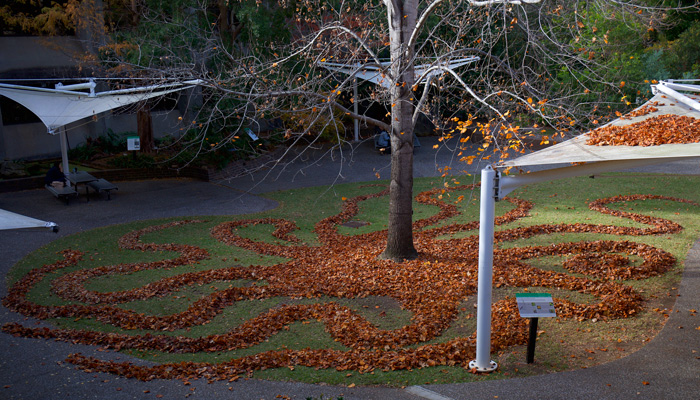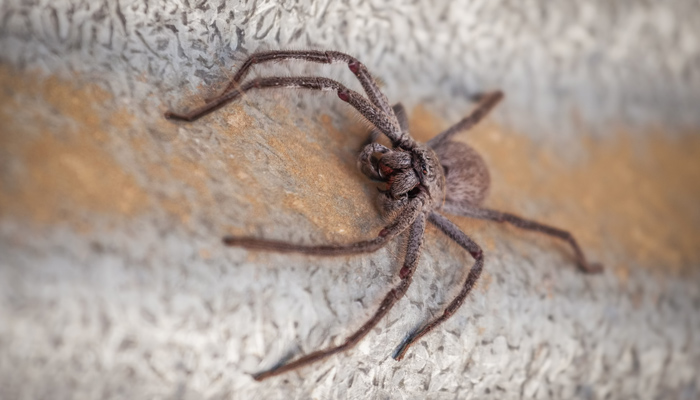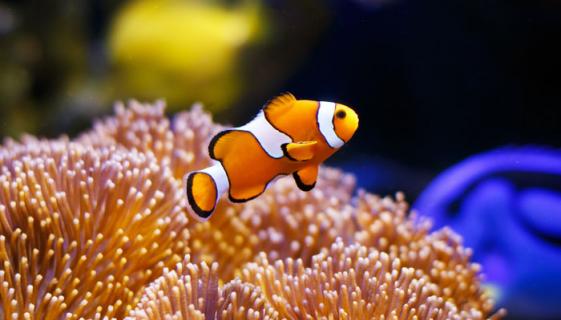This form of sculpture was pioneered by British artist, photographer and environmentalist Andy Goldsworthy. Ephemeral Art is made with natural materials that are at hand. The artist constructs the sculpture anonymously, and then walks away to leave the piece to be discovered. Part of the appeal of Ephemeral Art is that the viewer accidentally stumbles upon the art, and is left to wonder who made it, and why.

Andy Goldsoworthy is considered the father of sculptures made from raw materials in their natural environment
Goldsworthy works with flowers, leaves, pine cones, twigs and stones, among other natural objects. These are painstakingly arranged into new and often surprising pieces of great beauty and fragility. Ephemeral works are assembled outside, in the natural environment, and are composed of materials found in the location where the sculpture is made. Goldsworthy is considered to be the father of modern rock balancing, where rocks are arranged in seemingly impossible towers. His art has been the subject of a number of documentary films (see https://www.youtube.com/watch?v=dM2fCrUKk7E).

The Kraken Wakes, Ephemeral Art Installation, Biology Courtyard, June 2018. Photo: Sophie Gidley
At Macquarie every year at this time, the Biology Courtyard Garden becomes a site for ephemeral Art installations. The raw materials for the installations in the garden are the fallen leaves of the magnificent tulip tree (Liriodendron tulipifera) that occupies the centre of the courtyard. This ephemeral art is now something of a tradition, with different installations in the courtyard appearing every year for at least the last decade.
Ephemeral Art cannot be bought, sold or traded, and the sculpture merges back into the environment as its materials gradually degrade. It represents the ephemeral nature of all things, but brings moments of joy as the weather turns to winter.
Ephemeral Art in Australia
Notable artists talk about their work
By Sophie Gidley
Andrew Rogers – Bunjil – 2006
Contemporary artist Andrew Rogers has created critically acclaimed sculptures in Australia as well as South East Asia, the Middle East, Europe and the United States. His impressive Ephemeral Art piece “Bunjil” depicts a Wedge Tailed Eagle and was created in the You Yangs Regional Park, an hour south-west of Melbourne. It is made of up granite stones weighing up to 15 tons and the wingspan is 100m long.
“Bunjil” formed part of his “Rhythms of Life” creation - 51 major stone structures which became the largest contemporary land art undertaking in the world. They are a connected series of stone drawings visible from space.
Rogers said he chose the Wedge Tailed Eagle, the image of Bunjil, because he “wanted to create a work with symbolic significance to the indigenous Wathaurong People”. It was chosen after collaboration with their representatives.
“Bunjil is the Great Ancestral Spirit and creator of the Kulin Nation of Central Victoria who still watches over the Wathaurong land today,” he said.
“Bunjil shaped all the natural features of the area. He made the animals and the plants and taught the people how to behave on earth. He taught them how to conduct the Ceremonies which would ensure the continuation of life.”
Rogers created the piece using waste rocks from the park to ensure there was no ecological disruption involved in the project.
Shona Wilson – One A Day project - 2013
Sculptor Shona Wilson uses natural materials to create 2D and 3D artwork. She started the One A Day project, creating an ephemeral piece of art each day which she then photographed on her mobile phone and posted on social media.
Her first work was made while on a camping trip to Barrington Tops National Park in Dec 2013. The project ran for roughly 550 days, with the first year documented in her self-published book: http://shonawilson.com/files/8815/2213/0966/One_a_Day_Book.pdf
“What I didn't know at the beginning and came to gradually realise, was that this very simple recipe was a potent mix for me to rediscover and reconnect places and parts of myself via the world around me,” she explained.
“For me, connecting to nature throughout this project connected me to myself - this recipe built me a bridge 'home'.”
Wilson now holds Ephemeral Art workshops for all ages around Sydney, aiming to reconnect children, teenagers and adults with nature.
Gail Hocking – Disturbing a Silent Voice - 2016
Artist Gail Hocking created an Empheral site work “Disturbing a Silent Voice” for Country Arts South Australia, in the heritage town of Burra. The installation was created near a dry creek bed from 200-300 branches which she wrapped in white muslin soaked in white cement.
Hocking explained that the art work was “a response to the conditions and lives of transient communities, both indigenous and migrant miners, that navigated this site throughout history”.
Wrapping the branches “hinted at the healing properties of broken limbs”, she said.
During early October 2016, an unusually heavy rainstorm caused flooding in the area and the installation became fully submerged, with the force of the water tilting the branches toward the ground.
“The receding waters revealed the full force of nature and the work became enmeshed within the environment,” Hocking added.



